Showing results 371-380 of 477 for cast
Search results
-
Article
S. Stahl, 2004
The federal No Child Left Behind Act (NCLB) of 2001 and the Individuals with Disabilities Education Act (IDEA) of 1997 mandate increased expectations and accountability for a diverse range of students to access, participate, and progress …
-
Article
N. Strangman, et al., 2003
Graphic organizers are introduced and defined as graphic or visual displays that depict the relationships between facts, terms, and/or ideas within a learning task. Various examples of graphic organizers are covered, including applications …
-
Article
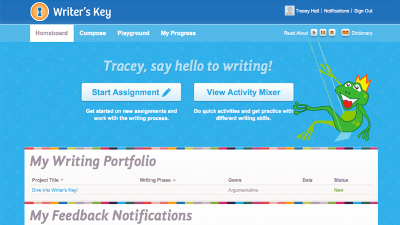
Vue, Hall, et al., 2015
This descriptive study examined focus group data gathered to address two questions: First, do data from focus groups affirm and expand our understanding of writing and writing development among middle school students? And second, do data from focus groups provide information helpful to the use of digital technology for enhancing writing instruction, production, and engagement?
-
Article
C.P. Proctor, et al., 2014
The study examined self-reported levels of motivation in predicting reading comprehension among 76 linguistically diverse middle school-aged students with disabilities in an urban Northeastern school district in the United States. ...
-
Article
D. Rose, et al., 2014
In this article, the authors explore a changing educational and technological landscape that will radically change for the better how learners with "print disabilities"—people with dyslexia, for example—will learn in the near future. ...
-
Video
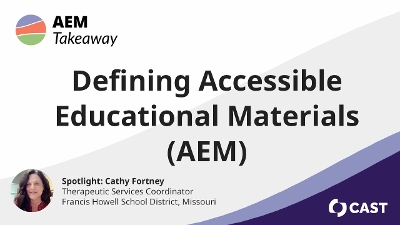
National AEM Center at CAST, 2023
Build an understanding of how accessibility applies to educational materials, including what makes a material accessible across the widest range of learner variability.
-
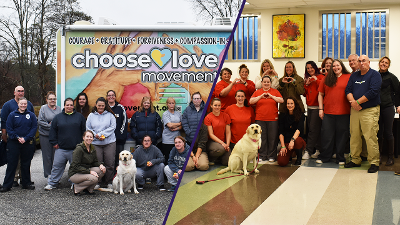
Using the Universal Design for Learning framework, the CAST team redesigned the Choose Love activities, discussions, and assessments to account for variability of the learning environments and learners within the New Hampshire Department of Corrections.
-
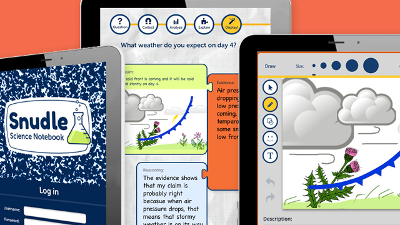
Building on the positive outcomes from the prior SNUDLE efficacy trial, our UDL science notebook was used by students across the United States.
-
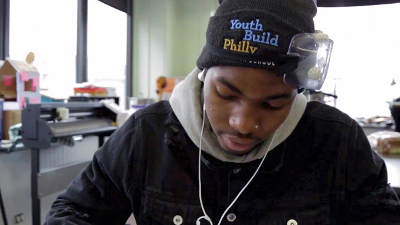
The CEE-STEM project team is seamlessly embedding a new STEM career exploration and engagement tool (STEMfolio) within the YouthBuild program in order to help build learners’ foundational STEM knowledge, skills, and dispositions while also supporting opportunity youth in connecting their interests, readiness, skills, and aptitudes toward relevant STEM career pathways.
-
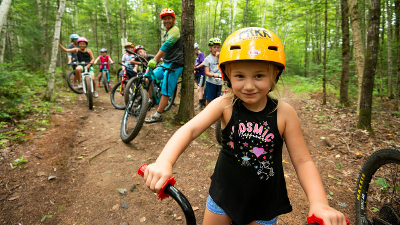
Through this project, a competency-based Outdoor Recreation pathway will be developed within the existing Career & Technical Education (CTE) programming in the region. Additionally, extended learning opportunity content will be developed with the Outdoor Recreation competencies to create work-based learning opportunities for students that don’t have access to CTE programs.
